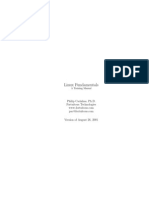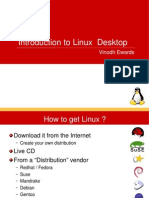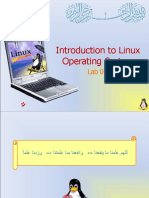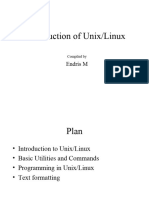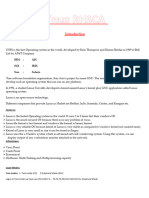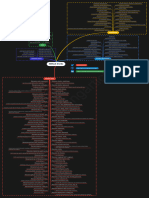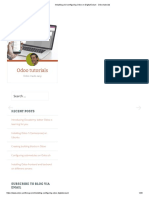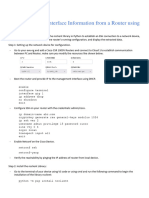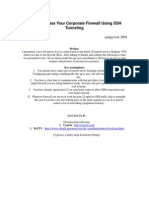0% found this document useful (0 votes)
22 views42 pagesTraining Linux - 2
The document discusses a Linux fundamentals training course that covers topics like files and directories management, software management using packages and package managers, process and task management, and text editors like Nano and Vim. The course is aimed at IT professionals and those starting their DevOps journey and will involve presentations and hands-on labs over several days.
Uploaded by
Nguyễn TùngCopyright
© © All Rights Reserved
We take content rights seriously. If you suspect this is your content, claim it here.
Available Formats
Download as PDF, TXT or read online on Scribd
0% found this document useful (0 votes)
22 views42 pagesTraining Linux - 2
The document discusses a Linux fundamentals training course that covers topics like files and directories management, software management using packages and package managers, process and task management, and text editors like Nano and Vim. The course is aimed at IT professionals and those starting their DevOps journey and will involve presentations and hands-on labs over several days.
Uploaded by
Nguyễn TùngCopyright
© © All Rights Reserved
We take content rights seriously. If you suspect this is your content, claim it here.
Available Formats
Download as PDF, TXT or read online on Scribd
/ 42




